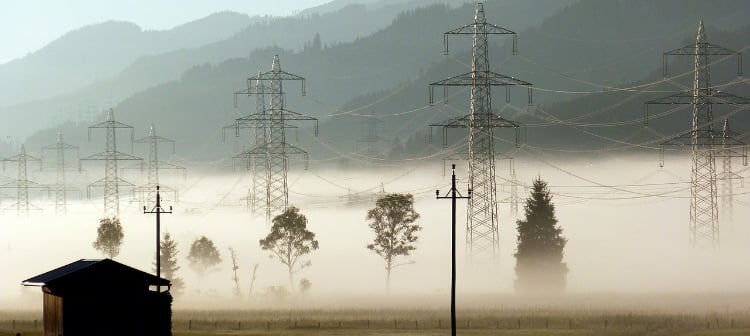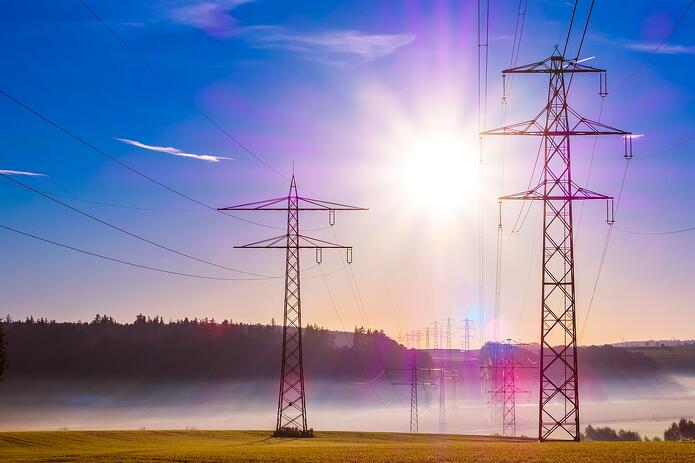After the comment period closed on December 1, the stats were in: EPA received more than 1.6 million comments on the Clean Power Plan from individuals, organizations, and state regulatory bodies. By one estimate it would take 71 people working eight hours a day from now until June to read them all. But don't worry—our Carbon Policy Analysts identified the top comments and plowed through them. This is the second of five blog posts presenting AEE’s summary of and take on comments from a few key stakeholders: federal and state regulatory organizations, states, ISO/RTOs, utilities, and industry and environmental groups. This post covers comments from state utility commissions (PUCs and PSCs), air regulators (DEQs and DEPs), and lawmakers.



